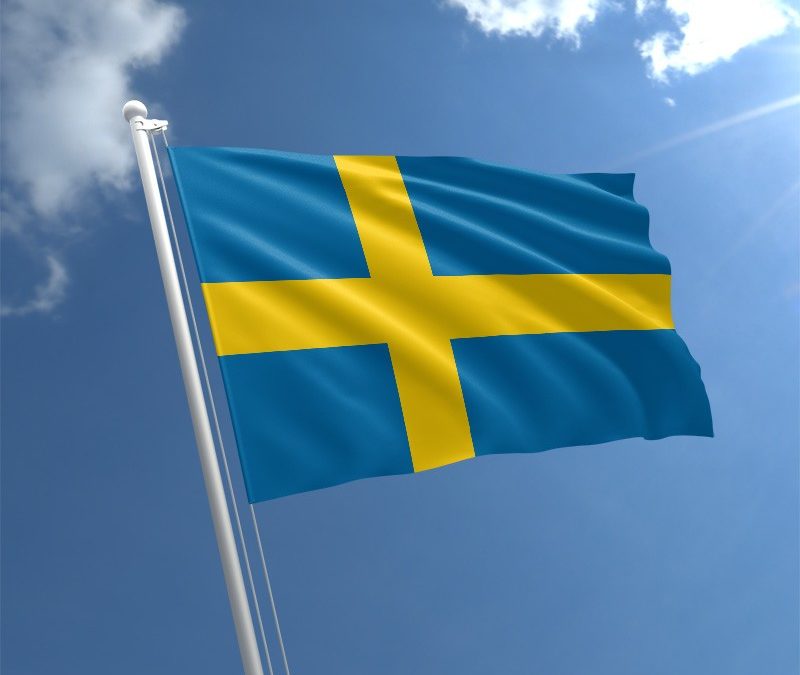The Medical Products Agency (MPA), or Läkemedelsverket (Swedish), is a government body within the Swedish Ministry of Health and Social Affairs. MPA is primarily responsible for regulating medical device, pharmaceuticals, and cosmetics and ensuring that both patients and healthcare professionals in Sweden have access to safe and effective medical devices and medicinal products.
In Sweden, just like in all other EU member states, the medical device classification system is unified with the European Union’s device regulations and categorizes products into four different classes: I, IIa, IIb, and III. Class I medical devices are associated with the lowest risk, while class III devices are associated with the highest risk.
Changes to Medical Device Regulations in Sweden
Until recently, the main regulatory framework for medical devices in Sweden was based on the following three EU directives:
- Directive 90/385/EEC (Active Implantable Medical Devices Directive)
- Directive 93/42/EEC (Medical Devices Directive)
- Directive 98/79/EC (IVD Directive)
However, as of May 26, 2017, two new EU regulations have been introduced: Medical Devices Regulation (MDR) and In Vitro Diagnostics Regulation (IVDR). Two of the old directives (90/385/EEC and 93/42/EEC) have been merged into MDR regulation, while the IVD Directive (98/79/EC) has been replaced by the new IVDR regulation. These regulations are subject to a transition period, and in Sweden, just like within all other EU members states, they will fully apply in three years (for MDR) and five years (for IVDR) from the date they went into effect (26 May 2017). Please check our guide on EU MDR and IVDR regulations for more information.
Product Registration
The successful registration of a medical device in Sweden also provides manufacturers with a CE marking, allowing them to market their devices in all other EU member states in addition to Sweden. MPA has prepared detailed guidelines for manufacturers wishing to register their medical devices in Sweden. There are three different guides based on product type:
- Class I medical devices (Swedish)
- In vitro diagnostic devices (Swedish)
- Medical information systems (Swedish)
The length of the registration process depends mainly on the type of the device and, in some cases, may take up to one year. For Class I devices, it is a relatively short process and usually takes 4 to 6 weeks. Medical device registration licenses in Sweden, as well as in all other EU countries, are valid for 5 years. Manufacturers are also required to comply with ISO 13485 and ISO 14971.
Market Overview
Sweden has a large aging population and healthcare expenses are largely covered by the country’s tax system. Sweden’s annual healthcare spending per capita sits at 10.9% (2017), which makes the country one of the biggest healthcare spenders in Europe. Despite that, the medical device manufacturing market in Sweden is fairly modest and consists mostly of small to medium-sized companies, although many international companies maintain subsidiaries in Sweden.
The demand for innovative medical devices in Sweden is high, while the number of local companies producing medical devices is fairly low. This makes Sweden a lucrative market for foreign manufacturers. Medical devices that are especially in demand include orthopedic and implantable devices, devices designated to treat age-related diseases, and non-invasive medical devices in general.

